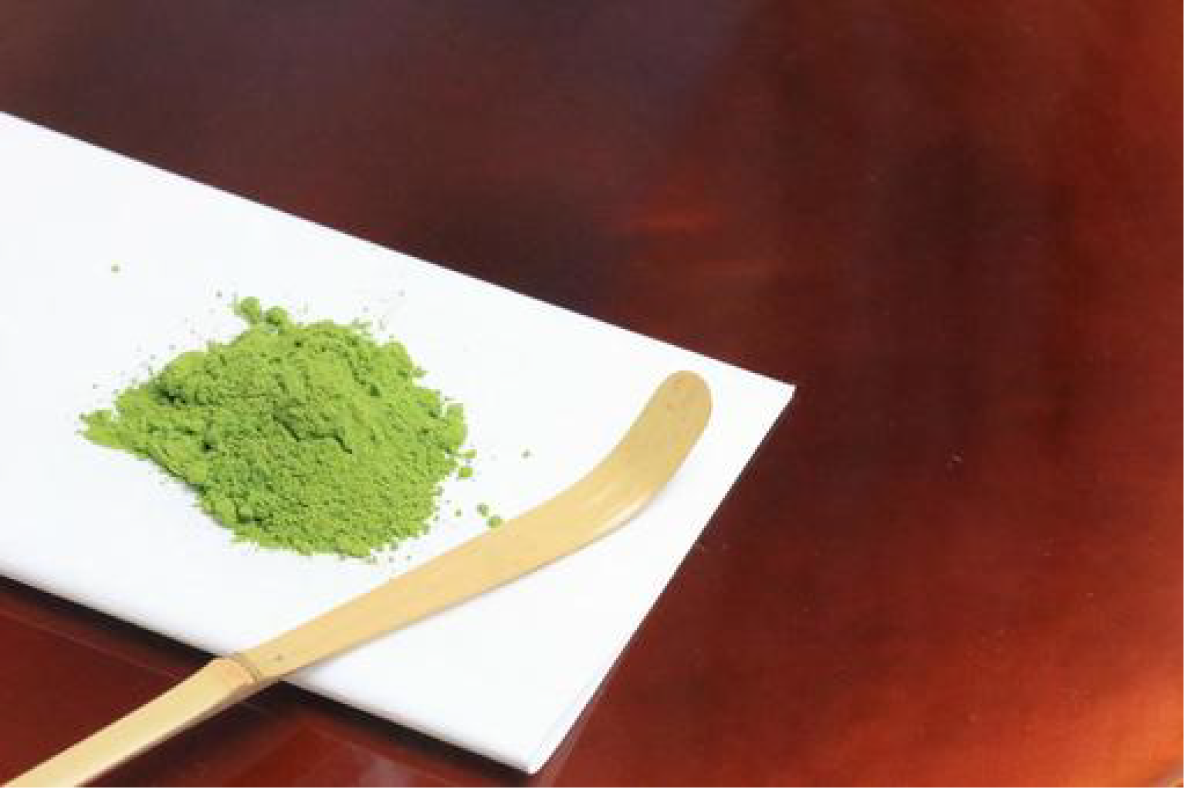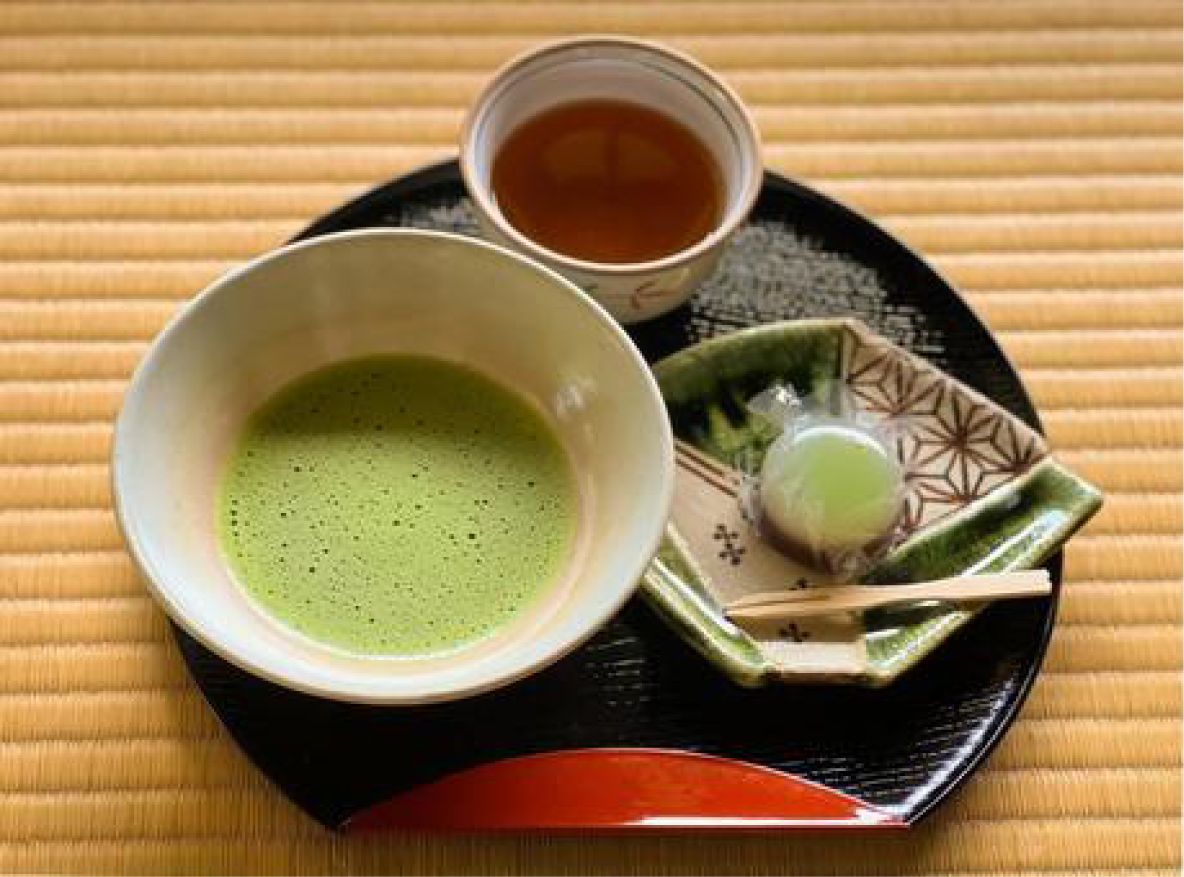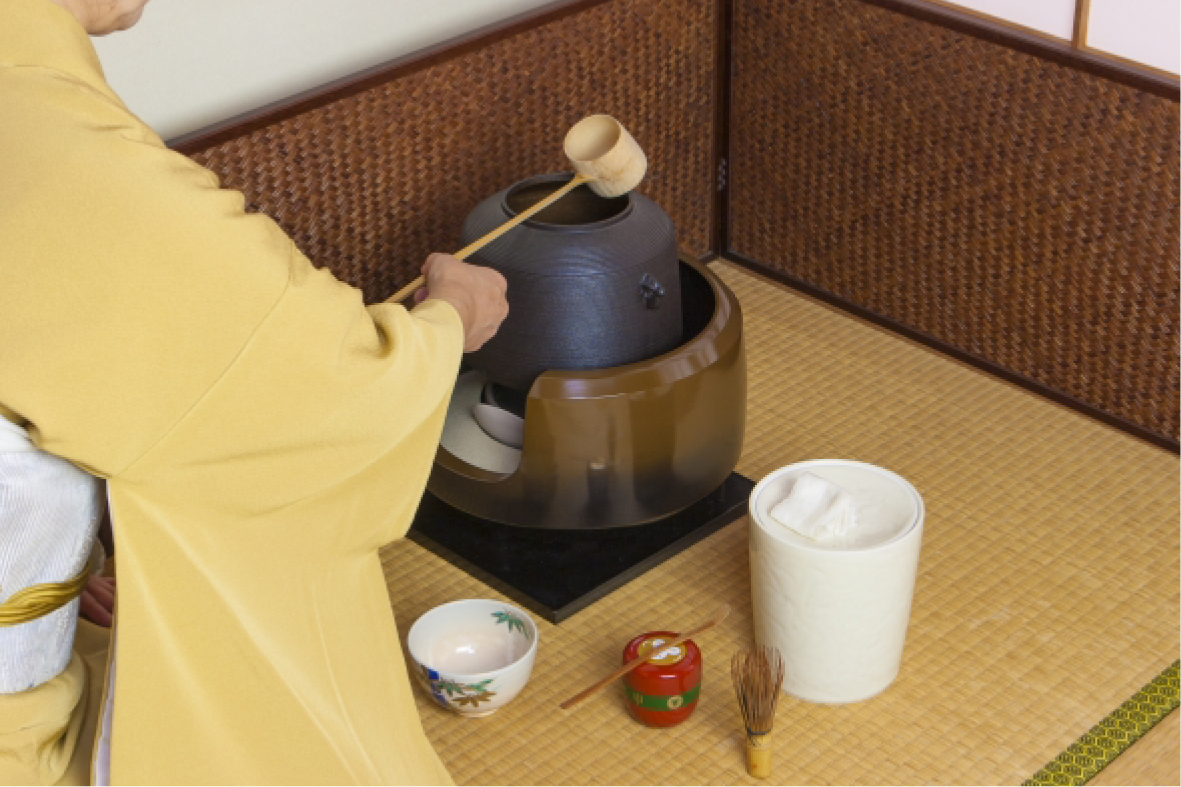Tea ceremony is more than just drinking matcha; it is a cultural practice that places great importance on Japanese aesthetics and spirituality. By experiencing the tea ceremony in a serene tea room, where every movement is imbued with meaning, you can gain a deep understanding of the Japanese heart.

Let me introduce you to the history of the Japanese tea ceremony. Tea was first introduced to Japan from China in the 9th century as a medicinal herb. Later, the practice of drinking matcha tea began and was incorporated into Buddhist training. During the Muromachi period, tea became popular among the nobility and was seen as a symbol of power and status. However, with the advent of Sen no Rikyu, a new style of tea ceremony called "wabi-sabi" emerged, making tea accessible to the common people. Rikyu advocated for equality among all people in the tea room, laying the foundation for the tea ceremony as we know it today. From the Edo period onward, tea ceremony, along with flower arrangement, became an essential part of women's education and has since become one of Japan's most representative traditional cultures.
A tea room is a simple space that emphasizes harmony with nature. Its architecture reflects Japanese aesthetics.
The utensils used in the tea ceremony are called "chadoku." Each piece, such as the tea bowl, tea scoop, and tea caddy, carries its own history and significance. By appreciating these utensils, you can come into contact with Japanese aesthetics.

First, let's talk about tea ceremony etiquette. Tea ceremony has strict etiquette, such as how to bow and sit. By learning these manners, you can experience Japanese etiquette.
Now, let's participate in a tea ceremony. A tea ceremony places great importance on hospitality and interaction with guests. By experiencing the flow of a tea ceremony, you can learn about the Japanese way of cultural interaction.
Before entering the tea room, there is a waiting area called a "machiai" where you can relax and look forward to the tea ceremony. Inside the tea room, the tea master prepares the matcha (a process called "temae"). The sequence of actions is incredibly beautiful and captivating to watch. The prepared matcha is then served to the guests (a process called "teita"). Guests receive the tea bowl and express their gratitude. The tea ceremony concludes with the "nochawan" ritual, the final tea bowl.

Why not experience Japanese aesthetics, spirituality, and hospitality through a tea ceremony?










